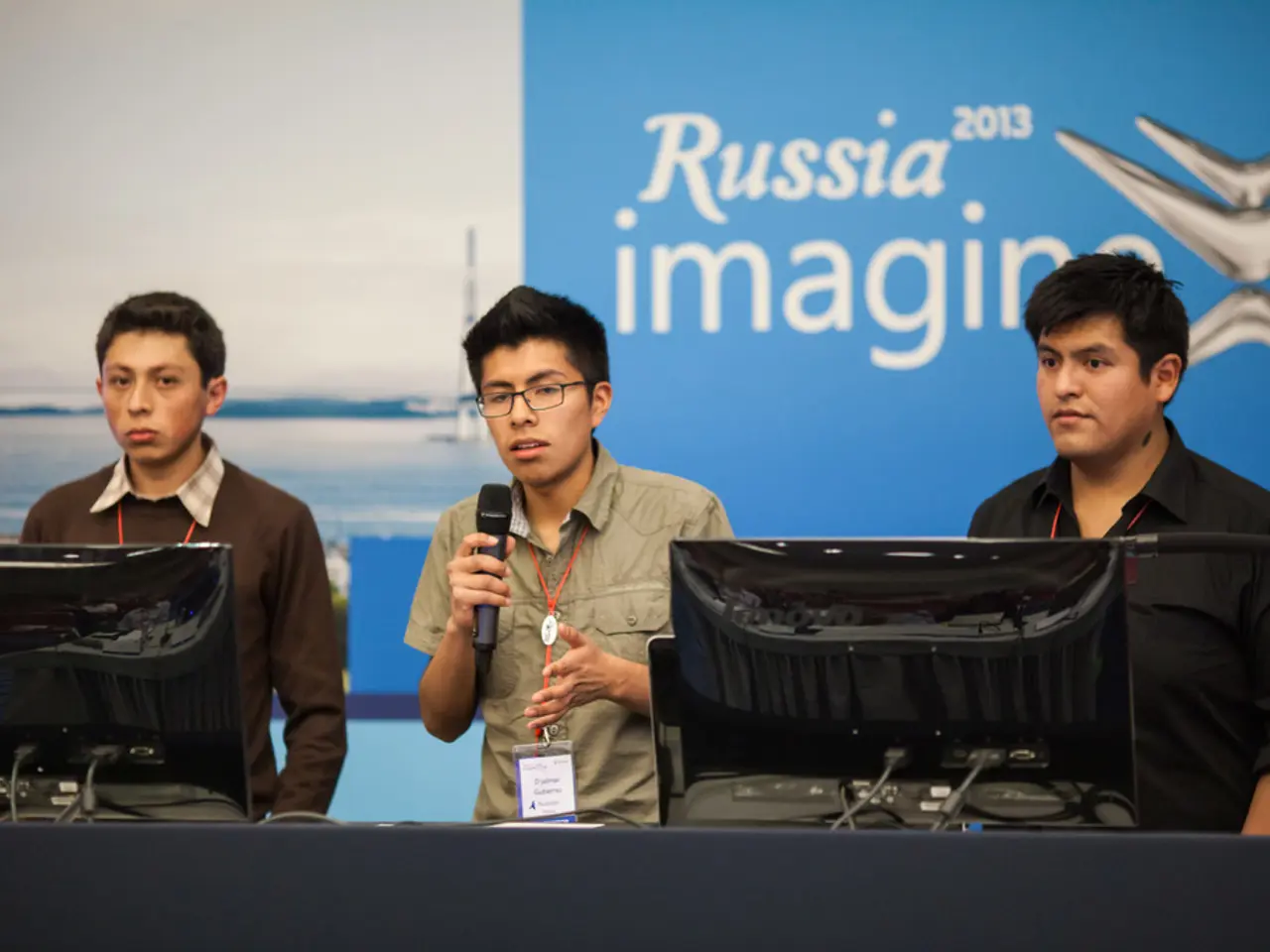Ideas are currently under consideration in Alaska at 11:28.
In recent developments, Ukraine has reported triumphs in the border region of Sumy, liberating two settlements from control (1). However, these victories come amidst ongoing conflict and the looming spectre of international negotiations.
The much-anticipated meeting between Vladimir Putin and US President Donald Trump in Alaska has concluded without a deal, leaving the future of Ukraine uncertain (3). The talks, which took place amidst continued Russian attacks, did not result in a ceasefire or agreement. Both leaders, however, hinted at the possibility of future meetings.
The lack of progress at the summit has left four key scenarios on the table.
The first scenario envisions a negotiated ceasefire and a framework agreement. This optimistic outlook suggests Trump and Putin forging a deal that includes a mutual understanding regarding Russia’s control over certain Ukrainian territory, while Ukraine maintains sovereignty over the rest (1). This deal would also allow Ukraine to choose alliances, including EU membership, and limit NATO military presence in the country. Economic sanctions against Russia might be gradually lifted as trust builds, but this scenario requires Ukraine and NATO’s acceptance to be viable (1).
The second scenario is the most concerning. It involves a deal that forces Ukraine to demilitarize and make significant territorial concessions, effectively making it a puppet state of Russia. This deal would likely be unacceptable to Ukraine and NATO, potentially causing a severance of transatlantic relations if Trump ends support for Ukraine after imposing a “take it or leave it” settlement (3).
The third scenario, the status quo, implies continued fighting and stalled diplomatic progress, with Russia maintaining pressure through military attacks and economic leverage while negotiations remain deadlocked (1)(2)(4).
The fourth scenario is Putin’s strategic use of negotiation and military pressure to isolate Ukraine and shift blame for the war’s continuation. This approach seeks to divide Western allies by using economic offers, continued military aggression, and political maneuvering. Trump’s pressure on Ukraine to concede and possibly cut aid is part of this broader strategy, leading to concerns about marginalizing Ukraine and European allies in shaping the war’s outcome (4)(5).
Elsewhere, the Hungarian government has refused to sign a joint statement by the other 26 EU member states welcoming Trump's efforts to end the Russian war against Ukraine. Linksfraktion leader Ines Schwerdtner described the Alaska summit as a "grand show of schoolyard bullies."
Meanwhile, the Ukrainian army has denied reports of a Russian breakthrough on the frontline in the Pokrovsk and Dobropillia areas in the Donetsk region. The 1st Asov Corps of the National Guard has reported taking over defense positions in Pokrovsk to halt attacking Russian forces (2).
In a related development, a Russian oil refinery in the Saratov region has reportedly stopped oil production following a drone attack by Ukraine, potentially impacting the country’s gasoline supply. The Rosneft facility, with a processing capacity of 140,000 barrels of crude oil per day, could result in Russian losses of $240 million if closed for a month (6).
Political scientist Thomas Jäger described Trump's remarks about Ukraine before meeting with Putin as "almost mocking," while Germany supports the goal of US President Donald Trump to end Russia's aggression against Ukraine (7). Foreign Minister Johann Wadephul dismisses speculations about possible territorial concessions by Ukraine for peace with Russia, stating "Violence must not redraw borders." Former German ambassador to Russia, Rüdiger von Fritsch, does not believe in a peace process and considers a territorial concession of Ukraine to Russia a "fatal abandonment" of existing international law (8).
Europe has provided more military aid to Ukraine via the arms industry since the start of the Russian invasion than the USA, with a total volume of at least 35.1 billion euros. British Prime Minister Keir Starmer and Canadian Prime Minister Mark Carney agree that peace cannot be imposed on Ukraine and must be achieved together with the government in Kyiv (9).
Russia has reportedly conducted initial tests to shut down video and audio calls via WhatsApp and Telegram, and Russian nationalists claim the resource-rich US region of Alaska for themselves, referring to it as the "Ice Crimea" (10). The Russian air force has also reportedly bombed targets within its own country in the Belgorod region (11).
In summary, the Alaska summit has left the future of Ukraine uncertain, with four key scenarios on the table. These scenarios range from a balanced negotiated peace framework to a flawed capitulation deal undermining Ukraine’s sovereignty, no agreement leading to ongoing conflict, and Putin’s strategic use of negotiation and military pressure to isolate Ukraine and shift blame for the war’s continuation.
Read also:
- Court petitions to reverse established decision on same-sex marriage legalization
- Commemoration of 200 Days of American Resurgence Unveiled
- Minister Bärbel Bas expresses doubts about her tenure as a minister following a recent interview during the summer.
- Politicians from both Republican and Democratic parties are urging President Trump to maintain the security agreement with Australia and the United Kingdom.






